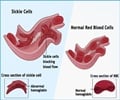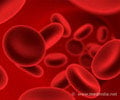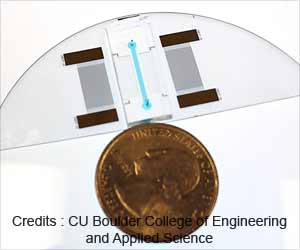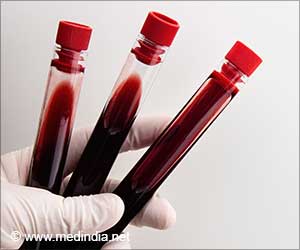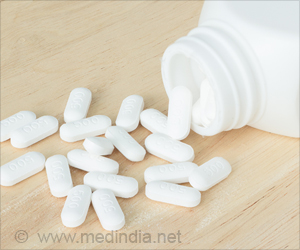A method to use patients' own cells to cure sickle cell disease has been developed by Salk Institute researchers.
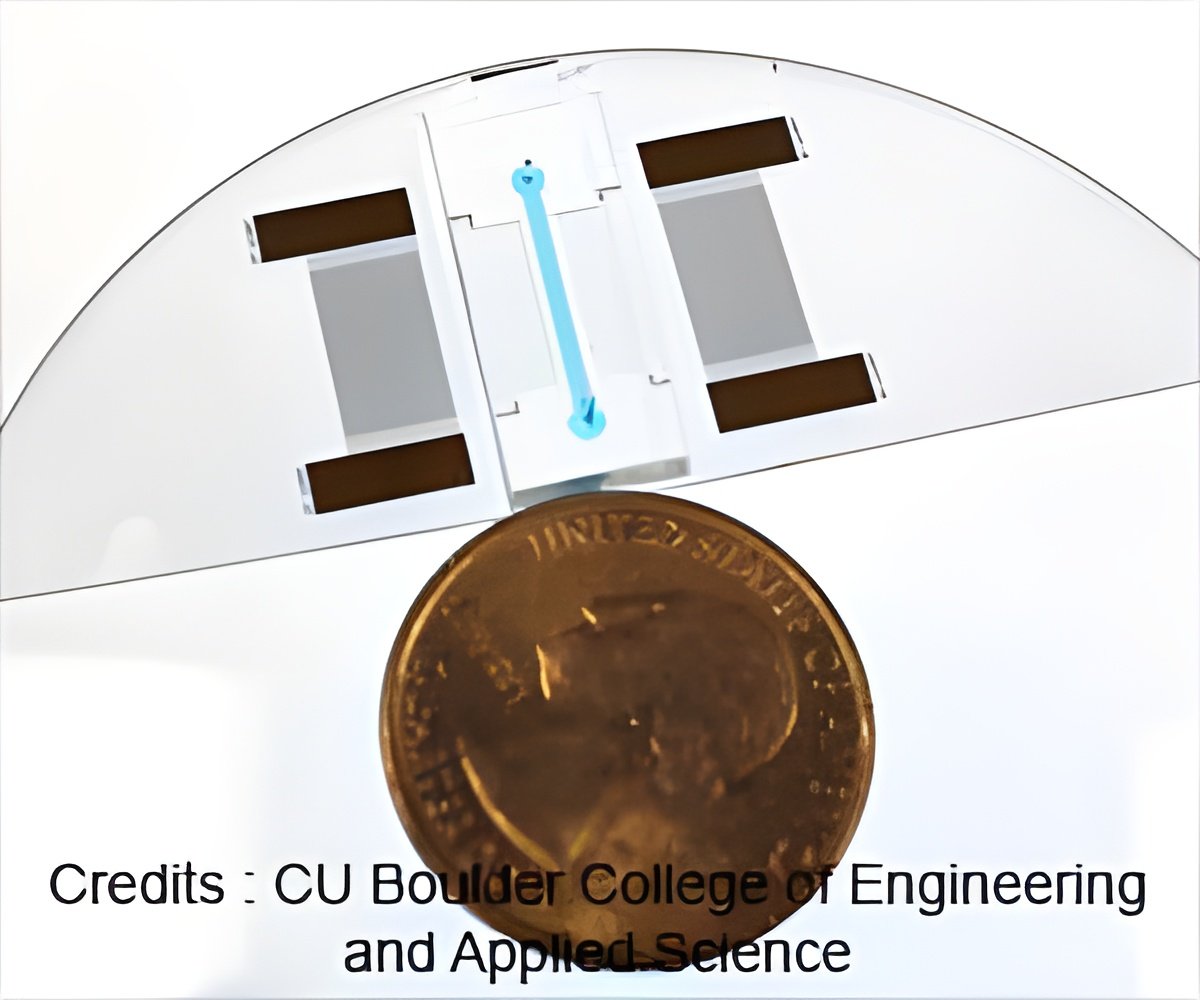
The new technique, which will soon be tested as a therapy in animals, also appears to be much more efficient than other methods tested to date, the researchers say.
"Our findings set the stage for the development of iPSC-based therapies for devastating genetic disorders such as sickle cell disease," says the study's principle investigator, Juan Carlos Izpisua Belmonte, a Salk professor and head of the Gene Expression Laboratory.
Sickle cell disease is a group of inherited blood disorders caused by genetic mutations in the HBB gene, resulting in abnormal hemoglobin, the iron-containing protein that normally allows blood cells to carry oxygen. This causes red blood cells to become hard and sticky and resemble a curved farm tool called a "sickle." In the two leading disorders caused by HBB mutations, sickle cell anemia and beta thalassemia, red blood cells can't effectively carry oxygen.
Symptoms of sickle cell disease include swelling of the hands and feet, pain due to clogging of blood vessels, anemia and stroke.
Source-Eurekalert

